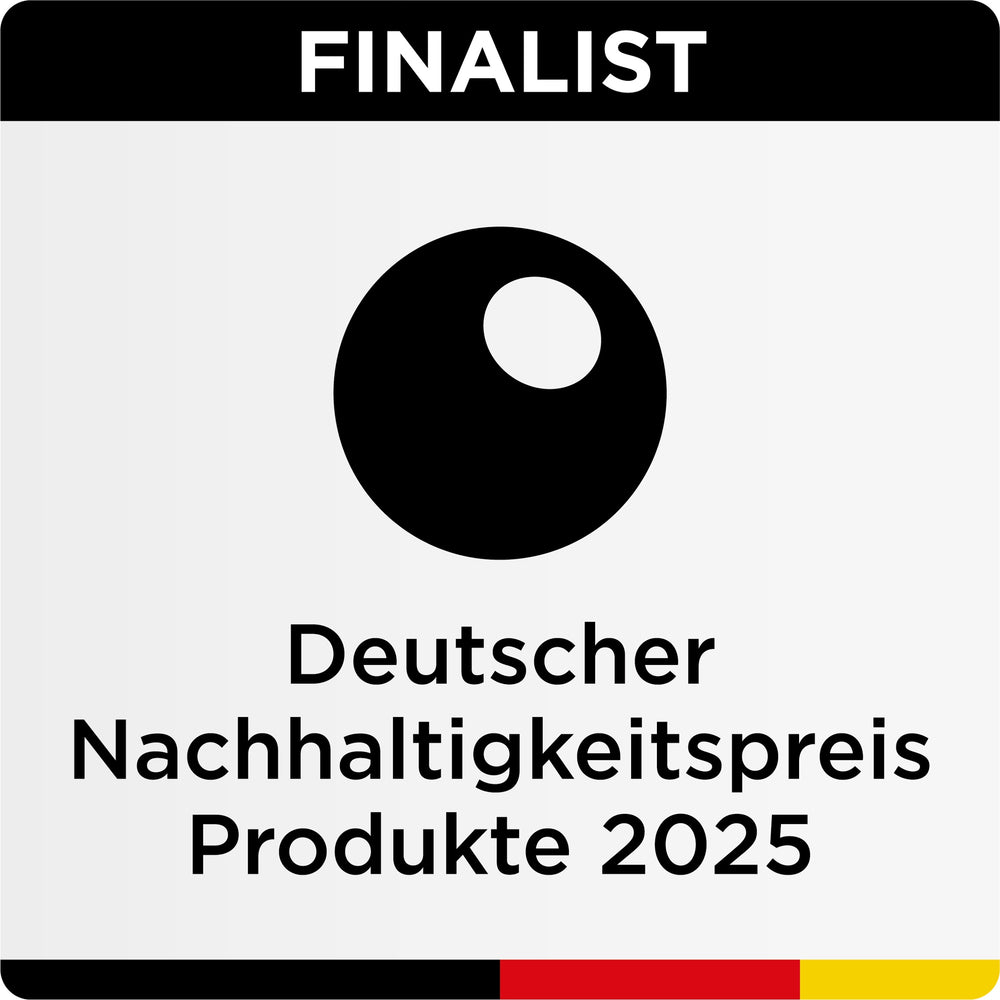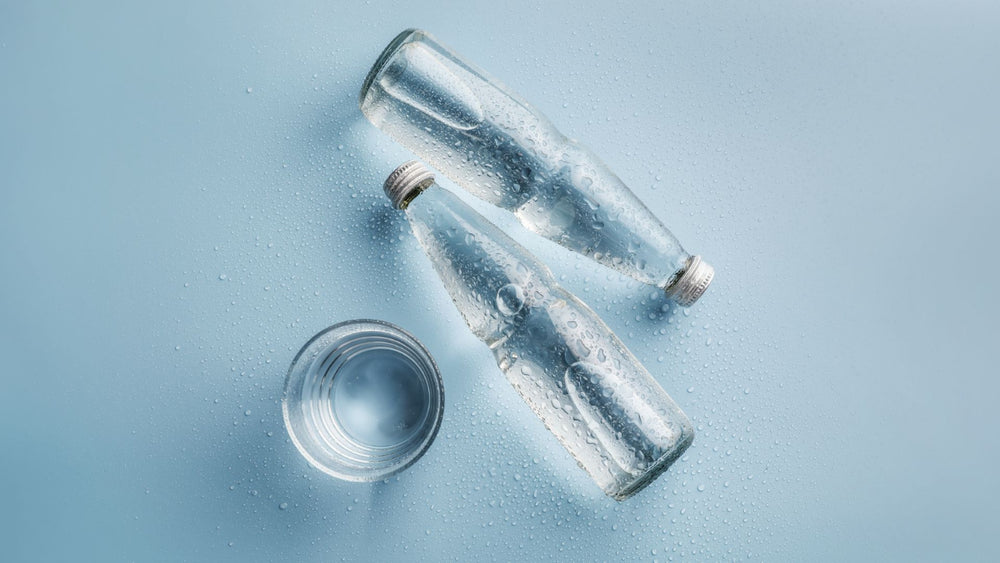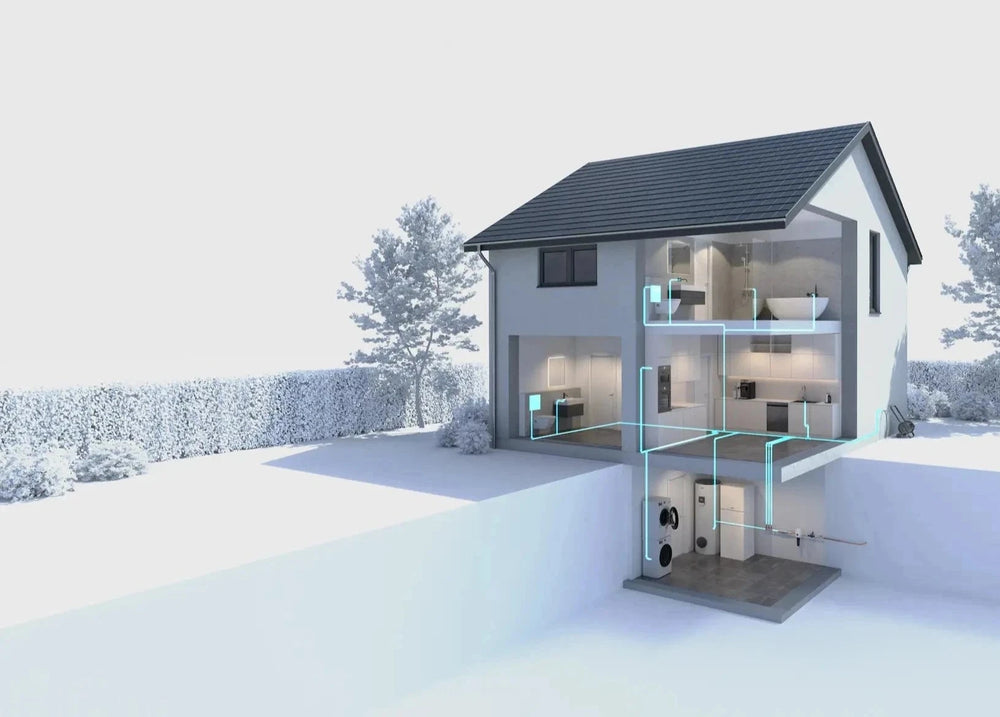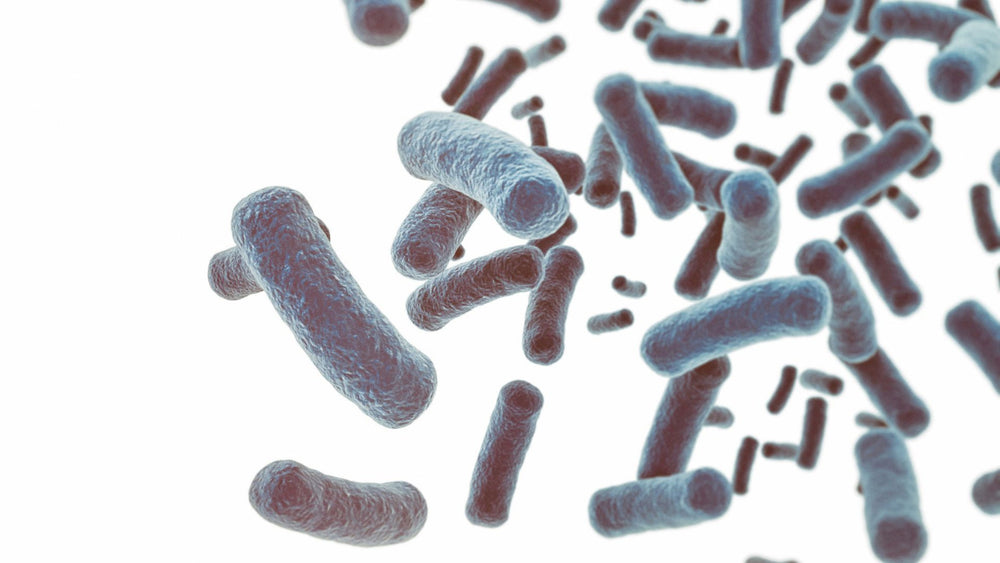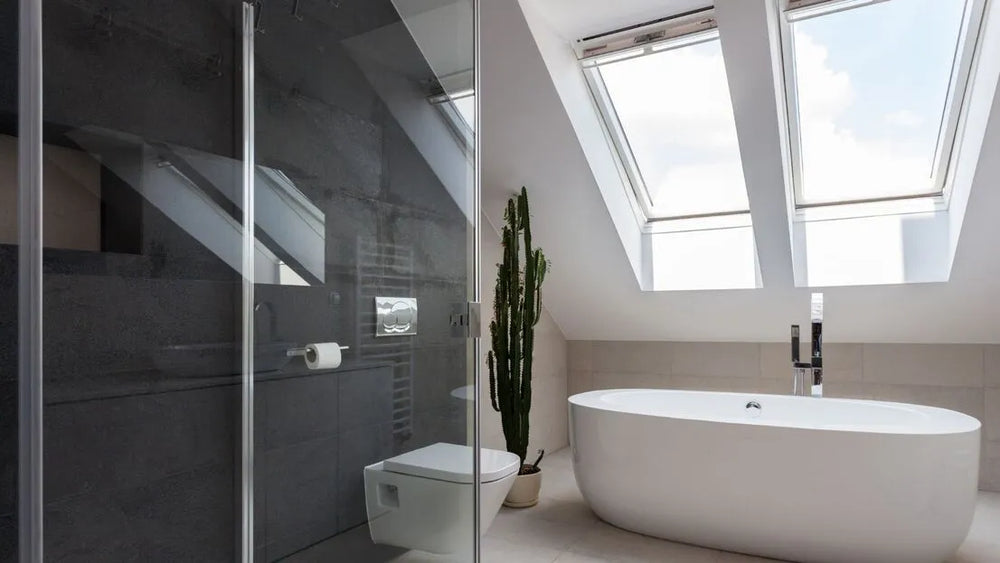Trinkwasser & Trinkwasserenthärtung
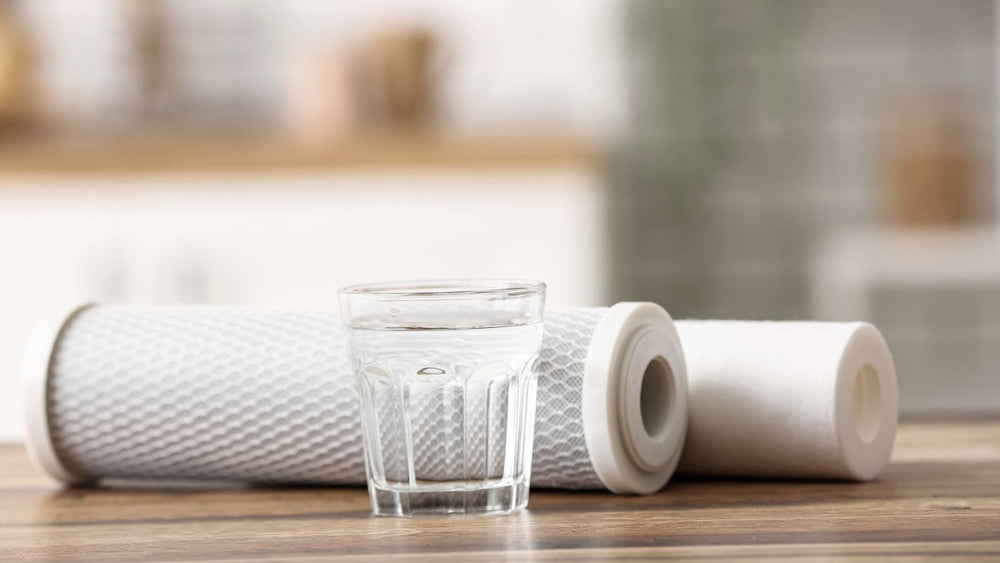
Bild: Zur Optimierung des Trinkwassers werden häufig Trinkwasserfilter oder andere Methoden eingesetzt.
Ein erwachsener Mensch besteht zu bis zu 65 Prozent aus Wasser, bei Kindern ist diese Zahl sogar noch höher. Wasser ist notwendig für die Funktion verschiedener Organe, zum Beispiel von Nieren und Gehirn. Deshalb ist es wichtig, dass der Körper ausreichend mit sauberem Trinkwasser versorgt wird. Leben Sie in einer Region mit kalkhaltigem Wasser und möchten eine Entkalkungsanlage installieren? Fragen Sie sich vielleicht, wie sich eine solche Anlage auf die Qualität Ihres Trinkwassers auswirkt? Wir klären Sie auf!
Trinkwasser – die Quelle allen Lebens
Wasser wird für unzählige Funktionen im Körper benötigt. Dazu gehören:
- die Blutproduktion und der Nährstofftransport im Blut
- die Temperaturregulation durch Schwitzen
- die Herstellung von Zellen, Gewebe und Körperflüssigkeiten
- die Auflösung von Nahrungsbestandteilen wie Zucker, Vitamine etc.
Damit diese Funktionen ohne Probleme vom Körper ausgeführt werden, müssen wir täglich genügend Trinkwasser zu uns nehmen. Jugendlichen und Erwachsenen wird geraten, pro Tag die Menge von 30 bis 40 Millilitern mal das Körpergewicht zu sich zu nehmen. Dabei wird etwa ein Liter über die Nahrung eingenommen. Somit sollten pauschal zusätzliche 1,5 Liter Trinkwasser über getrunkene Flüssigkeiten abgedeckt werden.
Wie wird Trinkwasser gewonnen?
Deutschland gilt als wasserreiches Land mit vielen Niederschlägen und großem Grundwasservorkommen. Das kommt uns bei der Trinkwasserversorgung zugute. Doch woher stammt unser Trinkwasser genau und wie gelangt es in unsere Häuser und Wohnungen?
Je nach Region setzt sich das Trinkwasser aus unterschiedlichen Arten von Wasser zusammen. Dazu gehören:
- Grundwasser: Hierzu zählen versickerte Niederschläge und versickertes See- sowie Flusswasser.
- Angereichertes Grundwasser: Hier wird die Menge an Grundwasser durch gezielte Versickerung erhöht.
- Quellwasser: Dieses Wasser stammt aus natürlichen, unterirdischen Reservoiren und tritt an bestimmten Orten, den Quellen, zutage.
- Oberflächenwasser: Zum Oberflächenwasser zählen See- und Flusswasser. Bevor es der Trinkwasserversorgung zugeführt wird, muss es gereinigt werden.
- Uferfiltrat: Diese Wasserart stammt aus Brunnen, die sich in der Nähe von Flüssen und Seen befinden. Auch Uferfiltrat muss gereinigt werden.
Bevor das Wasser in unseren Wohnanlagen ankommt, muss es aufbereitet werden. Je nachdem, woher das Rohwasser stammt, wird es in Wasserwerken durch verschiedene chemische und physikalische Verfahren gefiltert und in Trinkwasser umgewandelt. Welche Verfahren wie zum Einsatz kommen, wird in Deutschland durch die deutsche Trinkwasserverordnung (TrinkwV) festgelegt. Nach der Aufarbeitung wird das Trinkwasser durch verzweigte Rohrnetze geführt, bis es aus unseren Wasserhähnen fließen kann.
Welche Güteanforderungen an Trinkwasser gibt es in Deutschland?
Deutsches Leitungswasser hat eine sehr gute Qualität. Dafür sorgen regelmäßige Kontrollen. Dabei werden unterschiedliche Parameter auf Ihre Grenzwerte hin kontrolliert, z.B.:
Enthärtungsanlagen für Trinkwasser
Deutsches Trinkwasser wird streng kontrolliert, sodass sich keine gesundheitsschädlichen Stoffe wie Schwermetalle, Düngemittel oder Krankheitserreger darin befinden. Es gibt jedoch ein regionales Problem, das die Gesundheit nicht beeinträchtigt, aber dennoch sehr störend sein kann: ein hoher Kalkgehalt im Trinkwasser.
Je nachdem, woher Ihr Trinkwasser stammt, ist mehr oder weniger Kalk im Wasser vorhanden. Besonders kalkhaltig (hart) ist Trinkwasser, das aus Quellen stammt und zuvor durch Gestein geflossen ist. Dadurch lösen sich Mineralien aus dem Gestein, unter anderem Calcium (Ca) und Magnesium (Mg). Das ist gut für die Gesundheit. Schließlich benötigt der Körper eine Vielzahl an Mineralstoffen, die durch die Nahrung zugeführt werden müssen. Doch gerade Calcium und Magnesium können im Haushalt Probleme schaffen, wenn sich die Moleküle zusammenschließen und auf diese Weise Kalkablagerungen entstehen. Die Wasserhärte wird in Grad deutscher Härte (°dH) angegeben. Dabei werden folgende Härtebereiche unterschieden:
- bis 8,4 °dH: weiches Wasser
- zwischen 8,4 und 14 °dh: mittelhartes Wasser
- ab 14 °dH: hartes Wasser
Leben Sie in einer Region mit hoher Wasserhärte, sammeln sich störende Kalkflecken auf Oberflächen wie Wasserhähnen, Duschköpfen oder Fließen. Außerdem kann Kalk in Haushaltsgeräten wie Spül- und Waschmaschinen, in Boilern oder in Wasserrohren größere Schäden anrichten. Die Lösung dafür sind Wasserenthärtungsanlagen oder Kalkschutzanlagen.
Kann man Wasser aus Enthärtungsanlagen trinken?
Es gibt unterschiedliche Möglichkeiten, den Kalk aus dem Wasser zu entfernen, beziehungsweise Kalkablagerungen zu vermeiden. Zu den am weitesten verbreiteten Arten der Trinkwasserenthärtung gehören Anlagen mit Natriumchlorid, sogenannte Ionenaustauscher, sowie Entkalkungsanlagen ohne Natriumchlorid, die mithilfe von Impfkristallbildung für Kalkschutz sorgen. Jedoch können vor allem Ionenaustauscher die Qualität des Trinkwassers verändern. Wir erklären Ihnen, was es zu beachten gibt.
Ist Leitungswasser aus einer Enthärtungsanlage für Babys geeignet?
Leitungswasser aus einer Enthärtungsanlage, welche die Trinkwasserqualität verändert, ist wegen des erhöhten Natriumgehalts und möglicher hygienischer Risiken für Babys nicht geeignet. Insbesondere bei der Verwendung von Ionenaustauschern oder Osmoseanlagen sollte die Wasserqualität mit dem Kinderarzt besprochen werden. Bei physikalischer Wasserenthärtung kann das Leitungswasser für Babys verwendet werden, da die Mineralstoffe im Trinkwasser nicht verändert werden.
Trinkwasser-Enthärtungsanlagen mit Ionenaustauschern
Bei Wasserenthärtungsanlagen für Trinkwasser mit Ionenaustauschern wird Natriumchlorid in Form von Tabletten ins Wasser gegeben. Dadurch werden die Calcium- und Magnesiumionen, aus denen Kalk besteht, durch Natriumionen ausgetauscht: Der Kalkgehalt sinkt, das Wasser wird weicher.
Generell kann Wasser aus einer Natriumchlorid-Enthärtungsanlage für Trinkwasser getrunken werden. Zu Problemen kann es jedoch bei sehr hartem Wasser kommen: Für die Enthärtung von einem Liter Trinkwasser um 1 °dH werden 8,2 mg Natrium benötigt. Dementsprechend steigt der Natriumgehalt im Wasser an. Je nachdem, um wie viel °dH Ihr Wasser enthärtet werden soll, übersteigt der Gesamt-Natriumgehalt möglicherweise den Grenzwert von 200 mg/l. Eine Überversorgung mit Natrium kann das Risiko für Bluthochdruck und für damit einhergehende Herz-Kreislauf-Erkrankungen erhöhen. Deshalb sollten Sie vorab unbedingt sicherstellen, ob ein Ionenaustauscher für Ihre individuelle Trinkwasser-Situation geeignet ist.
Kalkschutzanlagen für Trinkwasser
Anlagen nach dem Prinzip der Impfkristallbildung für Trinkwasser werden meist als Kalkschutzanlagen bezeichnet. Diese Anlagen werden direkt am Hauswasseranschluss eines Gebäudes installiert und reduzieren Kalkablagerungen in der Trinkwasserinstallation sowie auf Oberflächen. Bei der Impfkristallbildung entstehen in der Kalkschutzanlage mikroskopisch kleine Kristalle aus Kalk. Der Kalk, der sich bereits im Wasser befindet, lagert sich bevorzugt an diese Kalkkristalle an, anstatt sich an Rohren oder auf Oberflächen festzusetzen. Somit schwimmt der an den Kristallen angelagerte Kalk frei im Wasser und wird bei der Wasserentnahme ganz einfach durch den Wasserhahn ausgeschwemmt.
Der Vorteil von Kalkschutzanlagen ist: Die Qualität Ihres Trinkwassers bleibt unverändert, da keine Fremdstoffe hinzugefügt werden. Da der Kalk nicht durch Natrium ausgetauscht wird, bleiben die wertvollen Mineralstoffe Calcium und Magnesium im Wasser erhalten. Außerdem hat die Impfkristallbildung keinerlei Auswirkungen auf den Geschmack des Wassers. Aus dieser Wasseraufbereitungsanlage Trinkwasser zu trinken ist also besonders anwenderfreundlich und vorteilhaft gegenüber der Trinkwasserqualität – unabhängig davon, wie hoch die Ausgangshärte Ihres Trinkwassers ist.
Kalkschutzanlagen für Trinkwasser von AQON PURE
Sie empfinden ständiges Entkalken als störend? Gleichzeitig ist Ihnen jedoch wichtig, die gute Qualität Ihres Trinkwassers beizubehalten? Dann ist die Lösung für Ihre Probleme eine Kalkschutzanlage von AQON PURE. Mithilfe der Impfkristallbildung reduzieren Sie störende Ablagerungen von Kalk in Ihrer Trinkwasserinstallation. Finden Sie jetzt die richtige AQON PURE-Anlage für Sie auf unserer Website und holen Sie über unser Anfrage-Tool ein unverbindliches Angebot ein.
Läuft: In nur 2 Minuten zum Angebot - Optional mit Einbau zum Festpreis.
Darüberhinaus stehen Ihnen unsere Experten aus dem technischen Service persönlich per Telefon oder E-Mail auch für eine unverbindliche Beratung zur Verfügung. Kein Call-Center. Kein endloses Warten in einer Warteschleife.

